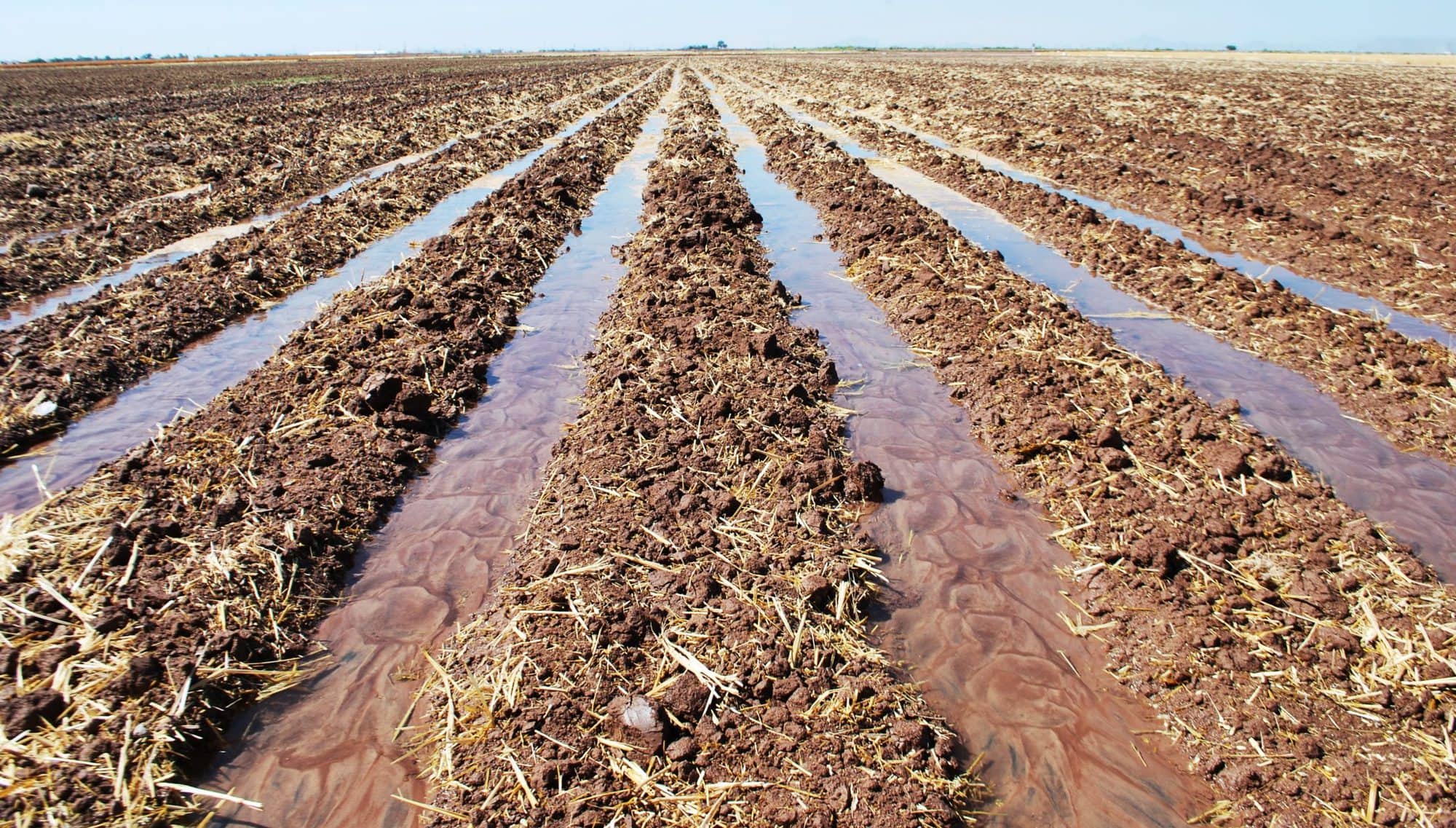What is sustainable intensification?
- From
-
Published on
14.10.20
- Impact Area

By 2050, the world’s population could grow to 9.7 billion, food demand is expected to increase by 50% and global demand for grains such as maize, rice and wheat could increase by 70%. How can we meet the food and nutrition demands of a rising population, without negative environmental and social consequences?
Sustainable intensification is an approach using innovations to increase productivity on existing agricultural land with positive environmental and social impacts. Both words, “sustainable” and “intensification,” carry equal weight.
CIMMYT conducts research on sustainable intensification to identify ways farmers can increase production of crops per unit of land, conserve or enhance important ecosystem services and improve resilience to shocks and stresses, especially those due to climate change and climate variability.
Related news
-

CGIAR Climate Security team pilots a new research approach for the development of Nature-based Solutions in fragile settings
Ibukun Taiwo27.11.25-
Climate adaptation & mitigation
Responding to complex crises requires new systemic research approaches that help identify entry poin…
Read more -
-

Drones prove their worth in measuring livestock methane in Africa
International Livestock Research Institute (ILRI)26.11.25-
Mitigation
In May 2024, the International Livestock Research Institute (ILRI) and partners shared news of the…
Read more -
-

Pioneer adaptation farmers inspire adoption of climate-smart innovations in Bomet County, Kenya
International Livestock Research Institute (ILRI)24.11.25-
Adaptation
In Bomet County, Kenya, where agricultural traditions run deep, two families and their farms are…
Read more -
